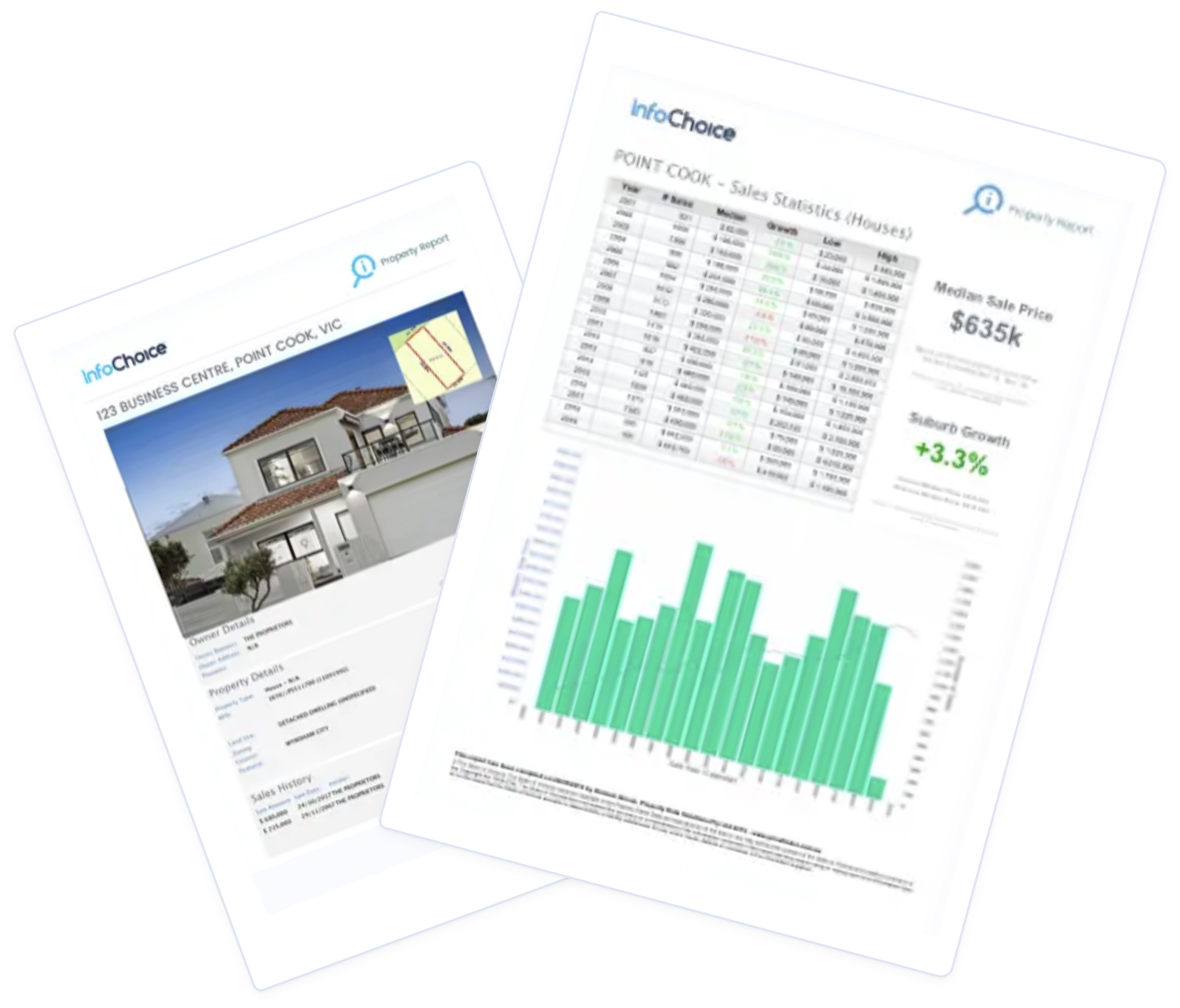The golden rule of investing is that everyone should have a diversified mix of investments and not 'put all their eggs in one basket.'
Traditionally that means splitting the money available for investment between the three big investment categories - shares, property and cash. But getting the mix right for the times ahead can mean the difference between reaping a bonanza in windfall profit, not making much at all or even losing chunks of your original principal investment amount.
The outlook for property in 2019
In Australia in 2019 the investment outlook is dominated by a significant downturn in property prices, particularly in the two major capital cities, Sydney and Melbourne. Residential property prices are expected to fall further in 2019 before stabilising in 2020.
The outlook for property prices will depend on whether and how much the Reserve Bank of Australia cuts (or raises) interest rates. The RBA is expected to trim the Official Cash Rate by up to 0.50 percentage points (from 1.5 per cent now) to possibly 1.0 per cent by the end of 2019.
The government's promised first home buyer assistance scheme could also push up demand for housing and therefore push up house prices in 2020.
Property investors might like to take a look at regional properties and smaller capital cities, AMP Capital's chief economist Shane Oliver told TradingEconomics.com.
The outlook for Australian shares in 2019
Shares also look like a challenging investment class in 2019. Although the ASX200 has risen strongly (up 16 per cent in the first five months of 2019 according to Trading Economics), global market jitters about trade wars and possible real wars continue to add volatility and uncertainty to equity markets in Australia.
CommSec's chief economist Craig James is expecting a strong 2019 from the Australian share market.
"We are looking for a bounce back this year," said Mr James who predicted that the overall Australian share market will climb 13 per cent in values this year.
The outlook for cash in 2019
Australian interest rates are currently set at a historically low level. Interest rates are expected to fall further in 2019, as the Reserve Bank of Australia looks to inject some demand into the economy.
Currently, among the best ongoing variable rates available in the high interest savings account market is 2.85 per cent from ME Bank's Online Savings Account. This is a bonus rate (the base rate is 1.30 per cent) but ME does not require monthly deposits to be made to the account in order to qualify for the higher bonus interest.
The best 12 month term deposit rates in the market right now are around 2.70 per cent, for example, from Bank Australia. Better rates are available on longer term deposits.
With rate cuts expected in mid-2019, now might be a good time to consider locking in a rate now with a term deposit.
Compare savings accounts from Australia's major banks, credit unions and building societies here. Compare term deposit rates, fees and features from Australia's major banks, credit unions and other financial institutions here.
This information is general in nature and should not be relied upon for personal financial decisions. Please seek qualified financial advice that takes into account your unique personal circumstances and goals.
